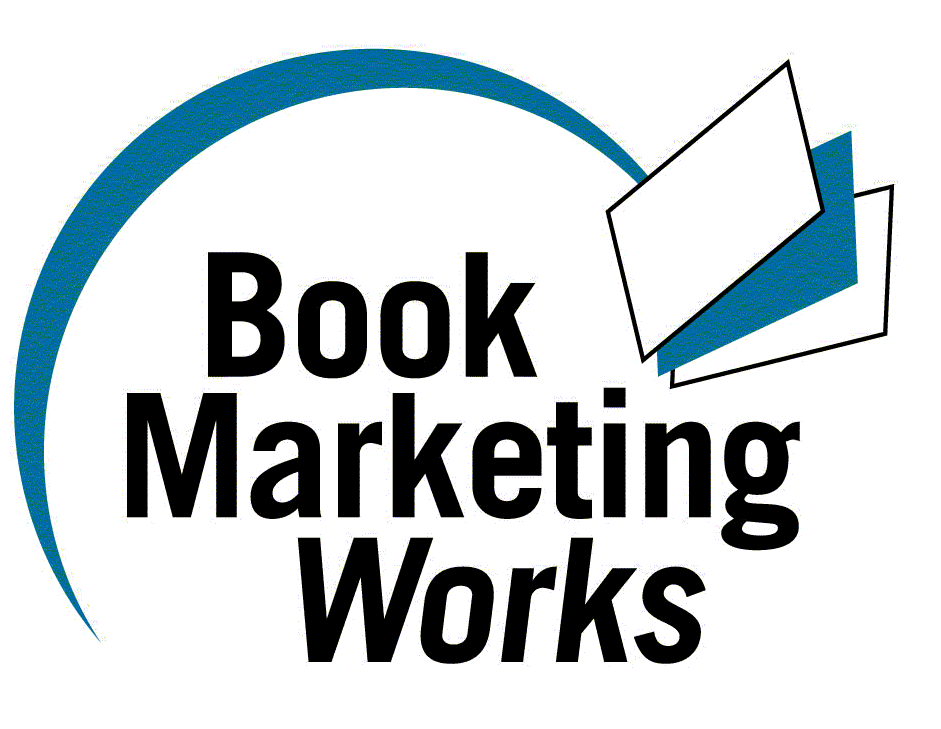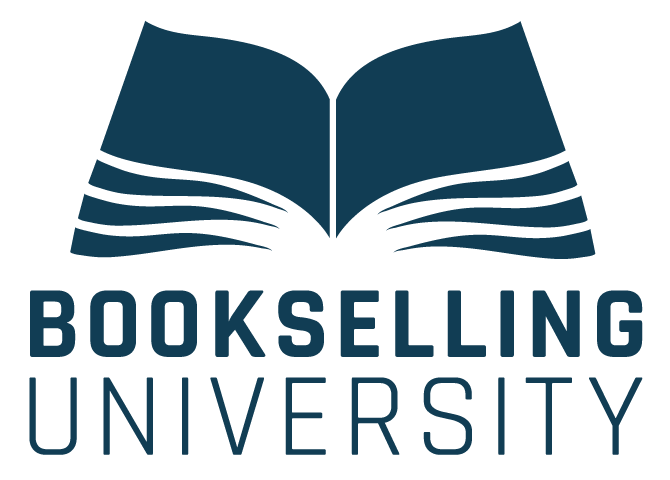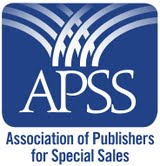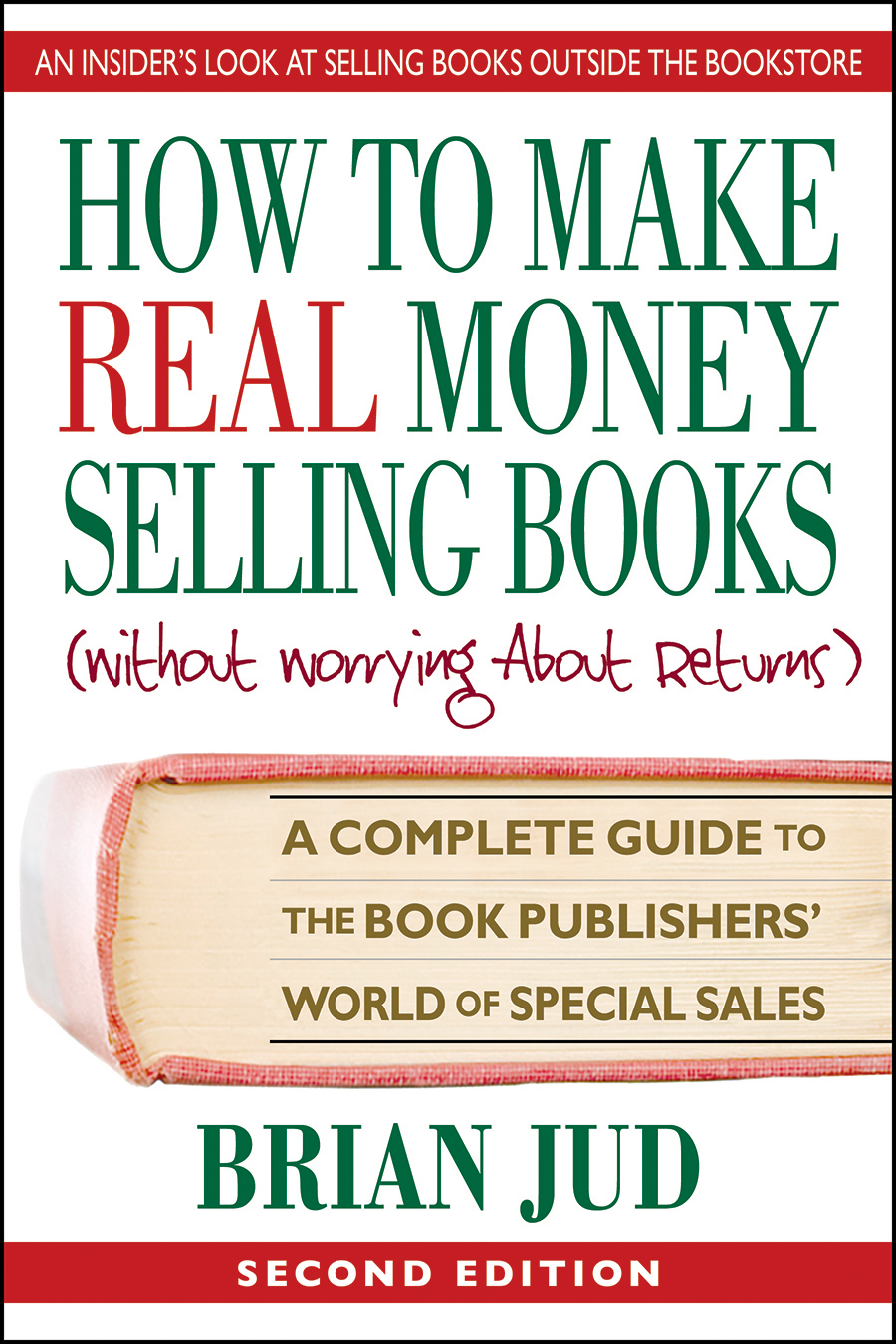|
Don't Judge A Book by its Price The article Pricing for Profit described a pricing technique utilizing probability theory to estimate sales at different price levels. Since some publishers prefer a less intuitive technique, here is a different way to price your books that is based more on marketing strategy. This technique also contends that traditional pricing – that is, by multiplying the unit printing costs by eight, or simply matching competitors’ prices – may not optimize your operating income. For example, suppose your unit printing cost is $1.87. Eight times this amount would yield a list price of $14.95. This covers your distributor’s percentage (70%), and even with a promotional budget of $1 per book could yield $1.62 per sale. At that rate you would need to sell 619 books to generate $1000 of operating income. However, what if your competition is selling a similar book for only $11.95? If you matched that price and maintained the same cost structure you would only net $ .72 operating income per sale. Consequently, you will have to sell almost 1400 books (a 126% increase in sales) to reach $1000 of operating income. A simple chart illustrates these circumstances.
What should you do? There are at least three alternatives from which you may choose. Option 1: Price at $11.95 without changing the cost structure. This alternative could be appropriate for those who intend to use the title as a break-even venture to establish a foothold in a new market. This could also be the path for an author who chooses to publish for altruistic reasons. Option 2: Price at $11.95 and reduce costs. Here, your objective is to lower your expenses to increase operating income. For example, you might print a larger quantity, reduce the page count, eliminate expensive graphics or find a lower-cost printer. If none of these is acceptable, try another approach. A four-color cover represents a considerable portion of the total printing charge. What if you print only the covers in a larger quantity – say 10,000 – and produce 2000 books at a time? In addition to lowering your unit cost you will minimize the turnaround time for future production runs. You may decide to sell only through a wholesaler with a 55% discount. However, you might not be better off financially because you will need to perform some of the functions of distribution (selling, warehousing, shipping, accounting, handling returns). Similarly, you might decide to sell directly to special-sales niches. As with other changes in distribution, all of the increased revenue does not necessarily drop to the bottom line since your marketing costs will escalate as will the time necessary to perform the sales function. If you set your price at $11.95 and reduce some of your costs, you could make more operating income by selling fewer books:
Option 3: Price at 14.95. You might decide to go with the higher price and implement all the cost-saving actions stated above. At first glance this appears to be the strategy that would pour the most money into your coffers. But if you provide a premium-priced book that is outwardly identical to that offered by competition, most people would opt for the lower-priced one. All is not lost because you can still apply creative marketing strategy. Eliminate side-by-side price comparisons by selling directly to special-sales and niche markets. Here the buyers do not have ready access to substitute titles and will view yours only in relation to how well it helps them solve their problems. Create promotional devices that demonstrate your title’s superiority over competition. Tell prospective readers how much money your ideas will save them, or how they will benefit more by reading your book than a competitor’s. You can maintain a higher price while reducing the cost to the buyer by offering discounts or implementing a promotional or discriminatory pricing strategy. Discounts Promotional pricing. Offering a money-back guarantee is one example of promotional pricing, as is seasonal pricing when you provide a discount for purchases made during periods of slow sales. Bundling is another example. And a reduced price "for this booksigning only" illustrates special-event pricing. Discriminatory pricing is exemplified by customer-segment pricing, i.e., selling a library edition at a different price. Product-form pricing offers a different price for hard vs. softcover. You might also consider geographical pricing where identical books are priced differently at various locations. Discriminatory pricing is legal when certain conditions are met. These alternatives demonstrate that pricing is more intricate then simply multiplying your printing costs or mimicking your competition. Different printing quantities yield varying costs for the identical book and different distribution strategies result in dissimilar operating income. The answer to your pricing dilemma lies in your ability and willingness to apply strategic thinking to your marketing efforts. Choose the option that best suits your particular skills, objectives and the time you have available to implement your plans.
|
Check out these testimonials...





